
Did you know that 88% of online consumers are less likely to return to a website after a poor user experience? That’s when a UX consultant comes in. With companies ramping up to provide the smoothest digital experiences, the demand for experienced UX consultants has never been higher.
In this guide, I’ll take you through everything you need to know about UX consulting, what it is, why it matters, and how these experts help companies flourish in 2025. If you’re considering hiring one or even becoming one yourself, this article will give you all the insights needed to be successful.
Understanding the Role of a UX Consultant
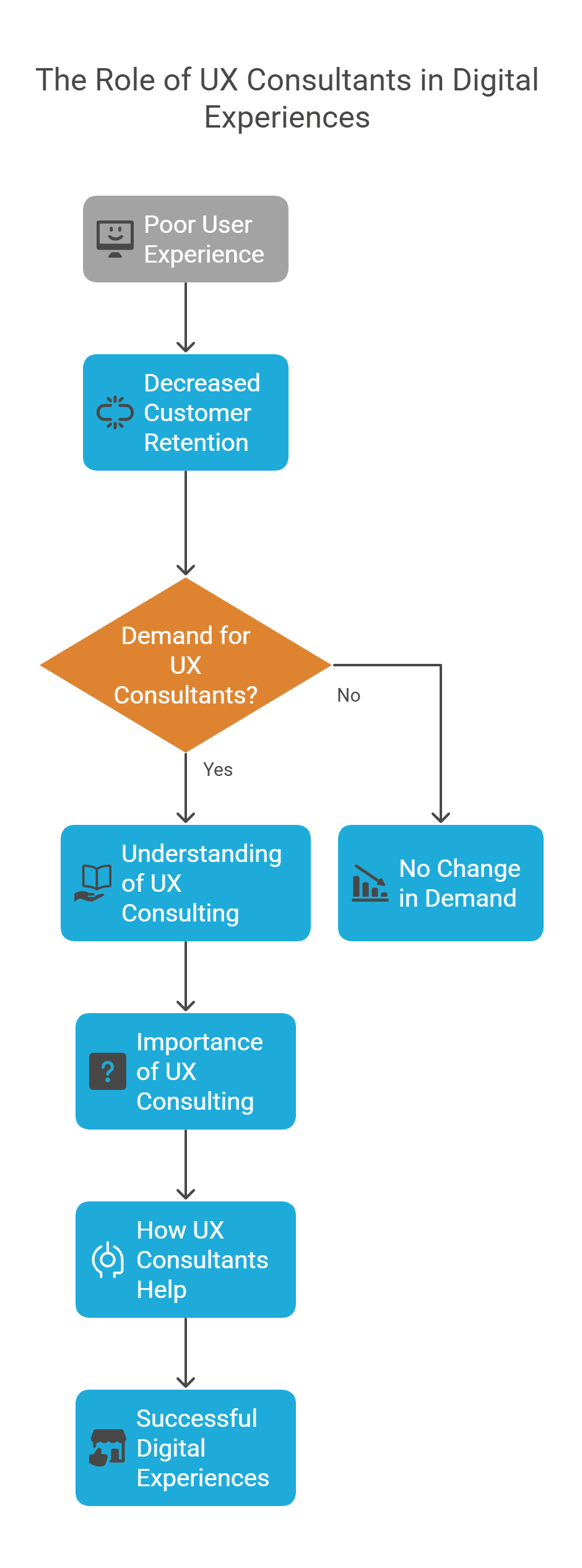
OK, let me pull this all apart. But wait, what is a UX consultant, anyway? If you’re into design or tech, you’ve probably heard the term thrown around or maybe someone told you, “Just hire a UX person” when your website was misbehaving. But trust me, this isn’t as simple as putting a label on someone and leaving it there. I learned that the hard way.
A couple of years ago I thought it was 2018. I worked with a startup that, since they were going from, let's say, an MVP (minimum viable product) to a better product, they thought they needed a UX designer. They pulled me in because, you know, I had a design in my LinkedIn headline. As it happens, what they needed wasn’t a designer perse but a bona fide UX consultant. Designers are all about the visuals which is excellent, but consultants go deeper. They think through why something isn’t working and what the solution would look like from first principles. That project taught me two things, however one, titles are essential, and two, UX consulting is equal parts psychology and problem-solving wizardry.
So here’s the thing, a UX consultant is the Sherlock Holmes of experience design. They also research why users don’t engage, where they get stuck during the process, and what the company can do to smooth the journey. For example, I did usability tests on an e-commerce site in one gig. Guess what? Consumers were abandoning their carts right and left; the checkout felt like completing a tax return. Not fun. A little digging, a few simplifications to the steps involved, some progress indicators, and we’d seen a 25% increase in conversion rates. Small changes have a considerable impact. And that’s the beauty of a UX consultant.
Now, don’t get me wrong, things aren’t perfect. The other day, I pitched an entire strategy to a client around getting their navigation flow right, and I got the Martian look from them. Communication is key, folks. Nobody will listen if you can’t explain your recommendations in plain English or whatever language you work in.
Takeaway: Always link your recommendations to business objectives. Say things like, “This change will decrease bounce rate by X%,” and “Here’s how we’ll save you $Y monthly.”
There are a few non-negotiables if you’re considering becoming a UX consultant. First, you have to like doing research. Like, I love it. User interviews, surveys, heatmaps you can do it all. The second requirement is a willingness to wear multiple hats. Some days, you’re deep-diving into data; others, you create wireframes or share findings with stakeholders. And third, be patient, it's a necessity. Overnight change rarely happens, mainly when dealing with individuals who may be averse to ideas.
Here's a little tip, tools should be good, too. I also swear by Hotjar for tracking user behavior and Figma for prototyping. But I mean, the number one tool is curiosity. Always ask questions. Why did users click here? What made them leave? The more you know, the more adept you’ll be at charting solutions that stick.
Ultimately, being a UX consultant is about wearing multiple hats and playing the role of detective, therapist, and strategist. And it isn't easy, of course, but I am also incredibly grateful. Because those little tweaks lead to big wins for users and businesses and that feels like a home run every time.
The Business Benefits of Hiring a UX Consultant
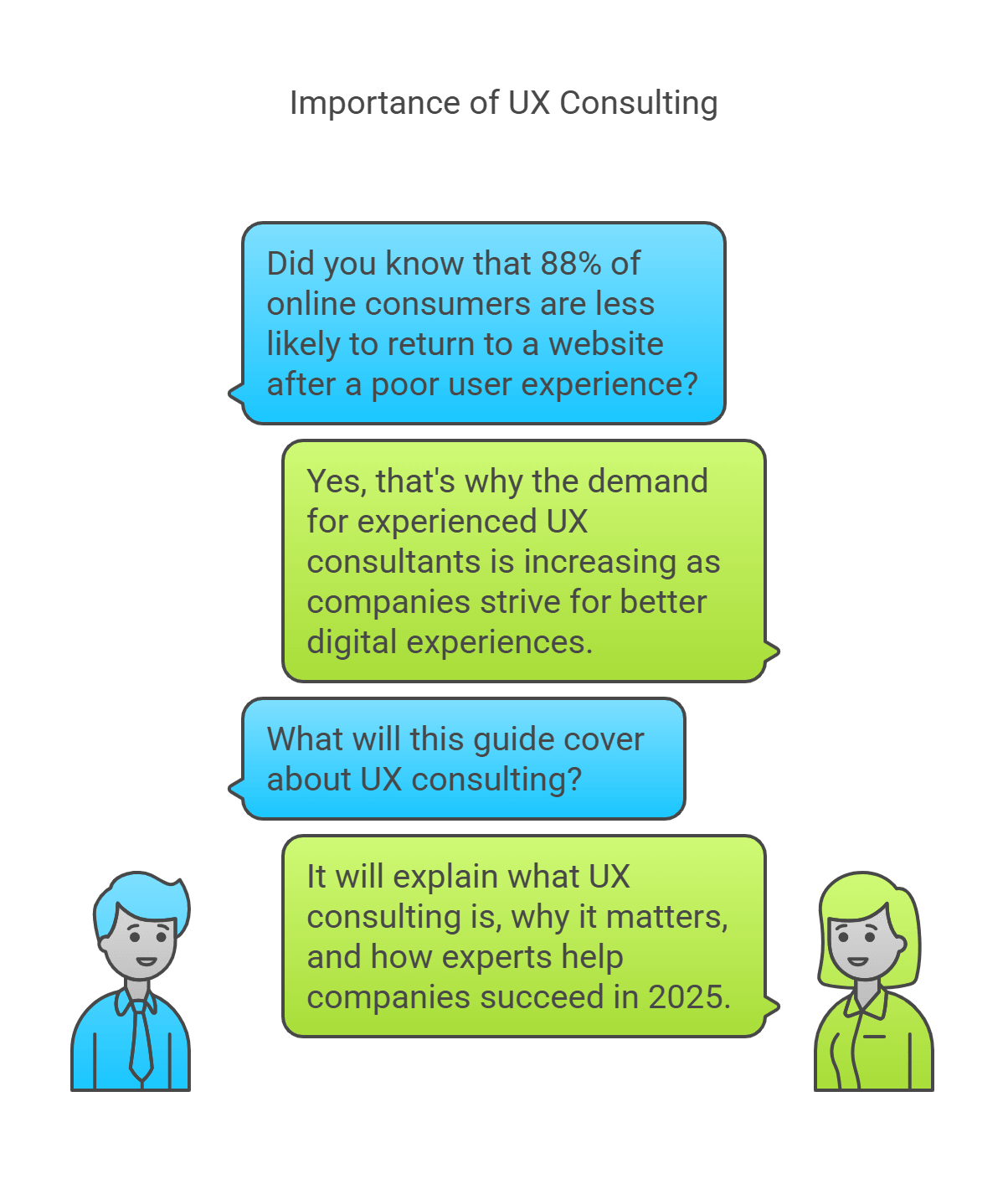
Let’s see why hiring a UX consultant can completely change your business. I’ll be honest, there was a time when I thought, Really? Do we need to bring someone in to make our website look nice? That's not the only thing. It’s about addressing real problems you may not even know are costing you money. And believe me, I know that the hard way.
A couple of years ago, I was involved in launching an e-commerce platform. We were so proud of how sleek and modern it looked, shiny buttons, cool animations, the whole nine yards. But guess what? Our bounce rate was off the charts. They would land on the site, spend 10 seconds, and peace out. Well, the checkout was a nightmare. Multiple steps, misleading labels, and no indication of how to proceed. A UX consultant would’ve been able to prevent that disaster from the beginning. So, instead, we spent months tweaking things after launch, and frankly, it felt like trying to mend a leaky pipe with duct tape.
Here’s the thing, UX consultants don’t concern themselves solely with aesthetics, they dive into user behavior. They’ll ask questions like, Why are users dropping off here? or What’s preventing them from taking this action? One of the greatest advantages is that they display a new vision for your product. You and your team may be too familiar with it, overlooking key pain points. A consultant will pick up those problems before you say usability testing.
Now, let’s get practical. Bringing on a UX consultant isn’t some airy-fairy cost, it can save you money in the long run. For instance, did you know that for every dollar spent on UX, you can see return rates between $10-$100? Yeah, you read that right. UX improvements can increase conversion rates to 400% when done well. Imagine you could convert more visitors into paying customers without spending more on ads. Sounds pretty sweet, huh?
These professionals help align your team. I’ve sat in meetings where developers, marketers, and designers had varying opinions on what “good UX” was. It got messy fast. This is where a UX consultant comes in, who makes everyone rally around data-oriented decisions rather than subjective judgments. They are polyglots for stakeholders, converting tech lingo into business value. That’s gold when you want to get buy-in from other levels.
And what about accessibility, of course? I did not fully appreciate this until a consultant brought it to my attention. Making your site usable for the disabled isn’t only the right thing to do; it also widens your audience. Over a billion people in the world have some form of disability. Avoiding their needs would be leaving money on the table.
So yeah, hiring a UX consultant may seem like an extra expense at first, but the return on investment is enormous. These people earn their keep for everything from increasing conversions to customer satisfaction to staving off costly website redesigns further down the line. If you’re still on the fence, perhaps begin with baby steps, bring one in for a single project and witness the difference. You’ll get a chance to wonder how you lived without them.
Roles and Responsibilities of a UX Consultant
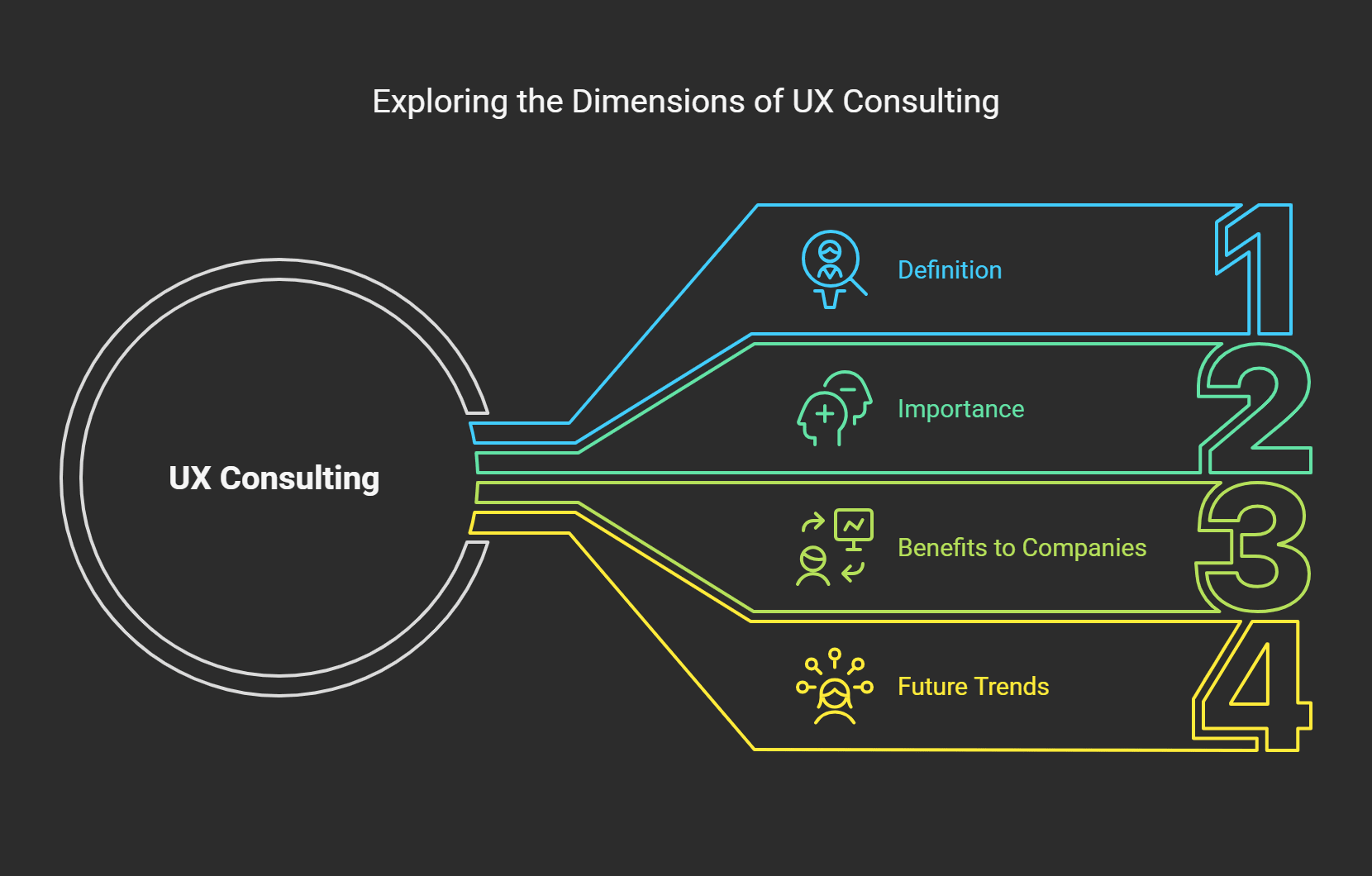
Being a UX consultant is like being the Sherlock Holmes of design. You’re constantly peppering your nose into problems, trying to connect the dots of user behavior and working out how to improve things. But I promise it’s not all magnifying glasses and deerstalker hats, it's a lot of grunt work, Over the years, I’ve found out often the hard way what it takes to do this job. Let me break it down for you.
Start with user research. If you skip this step, good luck with fixing anything. Early in my career, one of my rookie mistakes was assuming I understood what users wanted. I didn’t. Loving minimalist designs does not mean everyone does. I start everything by doing this live, watching someone use the product, interviews, surveys, etc. It’s imperfect, but god does it work. Tools like Hotjar or UserTesting have been a godsend here worth every cent.
For wireframing and prototyping, you have the data in your hands. This part’s fun, honestly. It’s like making blueprints for a home instead of using hallways and windows, you’re laying out buttons and blips. One of them that the stays in my mind was redesigning an e-commerce checkout flow. The previous iteration had so many steps that users were bouncing out faster than popcorn in a microwave. Once we simplified it, adding clear calls-to-action and reducing the number of fields, conversions increased by 25%.
But that is not where it ends, my friend. A large part of the role deals with working with other cross-functional teams. Designers, developers, marketers they’re all part of it. And let me tell you, getting everybody on the same page could be like herding cats. There was this situation where the dev team convinced me that my prototype was not technically feasible, and we spent weeks arguing over possible solutions. Eventually, we did meet in the middle, but man, did I learn early on why clear communication is key.
Then there’s testing and iteration, of course. Nothing is worse than launching something only to find it’s still broken. That happened to me once a mobile app I worked on had navigation problems no one noticed during early testing. Users weren’t happy, and the client wasn’t pleased. Since then, I’ve become a complete stickler for running multiple usability tests before anything goes live. Even minor adjustments can be huge.
Finally, as a UX consultant, you need to give actionable recommendations. Your clients are not paying you to say, “Yeah, this looks cool.” They want specifics. So rather than say, “Make it more accessible,” I’ll say, “Add alt text to images,” or “Increase font sizes.” Little details matter, folks.
So, yeah, that’s really about it. It's a lot of research, design, teamwork, testing, and advice, but it is gratifying. Be careful with your first steps if you’re considering UX consulting. Perhaps volunteer to assist a friend with a website or take an online class. Trust me, the learning curve is steep but so worth it. And knowing you made someone’s online experience better.
If you ever need tools or techniques, you can call me. After all, no one can do this alone, right?
Becoming a Successful UX Consultant In 2025
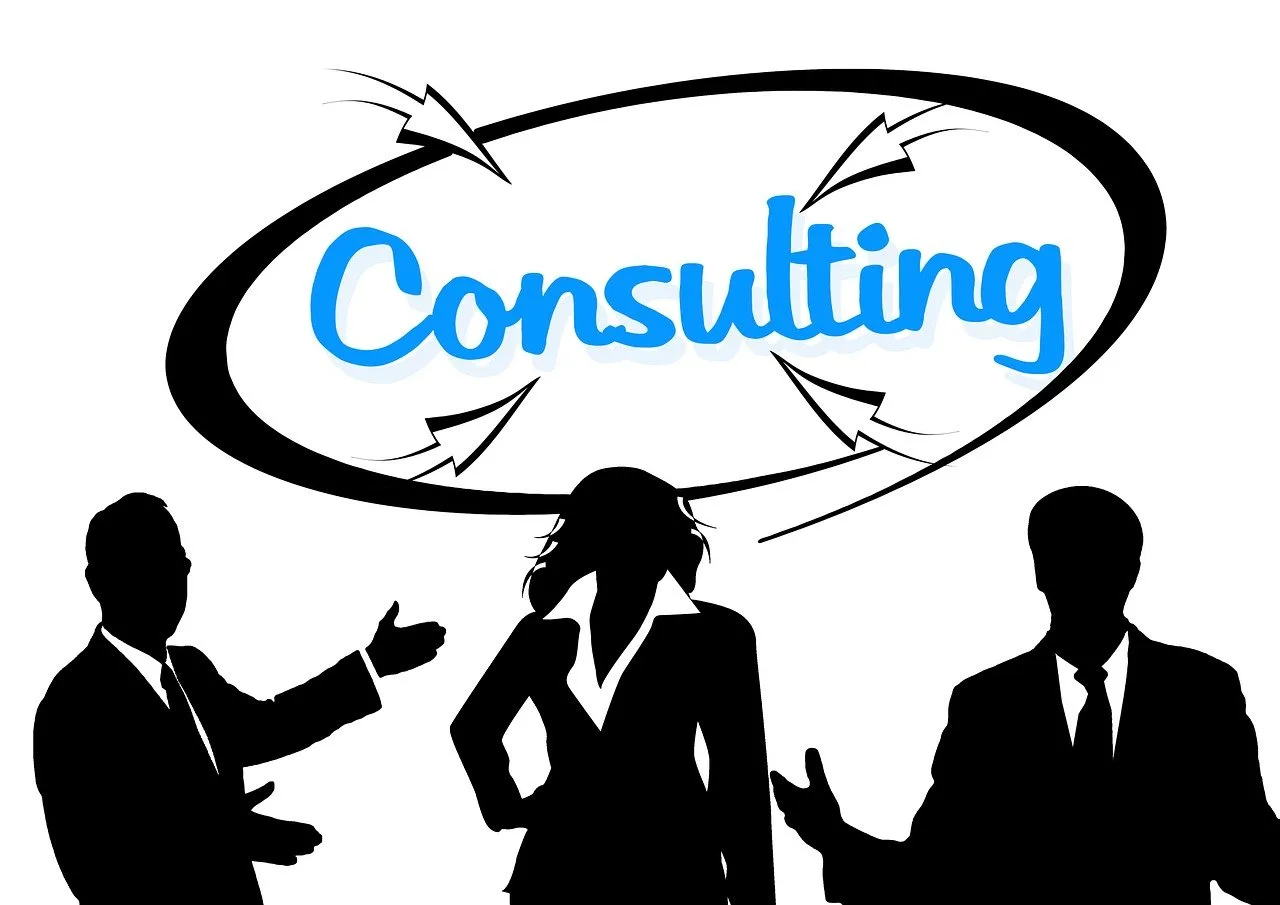
Okay, here’s the deal I didn’t wake up one day and become a UX consultant overnight. It required some severe trial and error and believe me, there were plenty of mistakes. But to this day, it’s almost unbelievable how much those initial challenges have influenced my mindset today. So, if you’re considering entering this field in 2025, fasten your seatbelt because I learned some lessons that can hopefully spare you from making the same dumb errors I did.
So, when I first started, I thought that a killer portfolio and maybe a LinkedIn profile with “UX Consultant” under my name was all I needed. That’s not enough. I once landed a gig that I thought was a dream job helping a startup redesign their app. They didn’t even know what UX was; they mostly just wanted a pretty button. First, you must educate your clients before you can blow them away. That means taking its dictionary of terms from user research to usability testing to information architecture and making them comprehensible to the uninitiated. Don't throw jargon around like confetti unless you want glazed-over eyes looking back at you.
No one says that tools are essential but not as important as soft skills. Yeah, okay, knowledge of something like Figma or Hotjar is crucial I mean, you’re not gonna do wireframes on fucking napkins for eternity but being able to explain shit. Early on, I hired this one client who always rejected my prototypes. At first, I blamed the tools, then the feedback loop, and in the end, myself. I discovered later that I hadn’t vetted the questions at the beginning. Query goals, target audiences, pain points, you name it. The sooner you gather more information, the easier the process will be.
Speaking of processes, don’t forget to build a good framework for yourself. When I discovered the step-by-step process that worked for me interviews with users, wireframing, testing, iterating it was like magic. Clients loved it as well because stakeholder management seemed so organized. And here’s a little pro tip, keep track as you go. Not only does it help you be consistent, but it also makes you look professional when proposing new gigs.
Another thing that has been a game-changer for me is networking. How in the world could one possibly pass off himself or herself as “successful” if all they had were cringe-worthy networking stories? But guess what? Some of my clients came from random conversations at meetups or online forums. Participate in Slack-based groups, sign up for webinars, and comment on LinkedIn posts. Authenticity is what people remember, so don’t sell yourself.
And listen, failure happens. Or that one project where I shook my head and let all accessibility standards go out the window. The truth is, my client called me that big time, and it stung. Instead of getting defensive, however, I owned it, fixed it, and made accessibility a non-negotiable for every project thereafter. Now, it is one of the things clients rave about the most.
When it comes down to it, if you want to slay as a UX consultant in 2025, you should master the techy stuff and the human side of the coin. Be curious, keep learning, and remember to celebrate the wins along the way. Success isn’t just about winning a big project but enjoying the ride.
Some of The Common Challenges UX Consultants Face

I will tell you a little secret, being a UX consultant isn’t all wireframes and whiteboards. Sure, it sounds sexy when you’re redesigning apps or helping companies land their UX game, but I mean, there are many days when I feel like just tossing my laptop out the window (okay, I’m exaggerating, but you know the vibe). Over the years, I’ve hit more than a few roadblocks that have made me doubt whether I was cut out for this gig. I persisted and learned some tough lessons and am sharing them here.
One of the biggest headaches? Managing client expectations. You’d think they would have got that after five times I’d been told what “user-centered design” was, right? Wrong. Early in my career, I collaborated with a startup founder who asked me to “just make it pretty.” He continued to push back no matter how often I explained that aesthetics wouldn’t help with usability problems. It was frustrating as heck. Eventually, I had to sit him down and show him data for instance, that 85 percent of users won’t return to a site if it’s clunky or confusing. That stat finally caught his attention. Indeed, the lesson learned is always to have research and metrics ready to justify your recommendations.
Then there’s the scope creep situation. Don’t even start me on that one. What began as one project became three when the client insisted on adding just one more feature. Before I knew it, we were behind schedule and over budget. What did I do wrong? I wasn’t clear about my boundaries in advance. Nowadays, I make thorough contracts and timelines before diving into any project. When the ad hoc changes arise midstream, I negotiate for more time or deliverables. Also sounds easy, but trust me, it reduces stress later on.
Resistance to change. Not everyone is thrilled with overhauling workflows or using new tools. I used to work with a team that wouldn’t let me use Hotjar for heatmaps because it was too complicated. I did demos and case studies, but nothing worked until I sat beside them during training sessions. Sometimes, a paired approach is the difference that makes the difference. The story's moral (pun intended) is to have patience but be ready for that skepticism from the team.
And, of course, keeping up to date. The UX world moves fast. Trends change, technology advances, and if you’re asleep at the wheel, you’ll miss the boat. A few years ago, I missed the boat on voice UI trends. It was a big mistake. Clients began asking questions I couldn’t answer, affecting my credibility. Now, I carve out an hour to read articles, watch webinars, and try out new tools each week. Keeping sharp keeps you current.
Finally, striking a balance between creativity and practicality can be difficult. There’s nothing worse than designing something amazing and then hearing, “Yeah, but can we make it cheaper?” It’s easy to throw your hands up when budget constraints happen, but most of your job is finding creative solutions within limits. For instance, I’ve relied on low-fidelity sketches rather than full-scale prototypes to get the concepts across without causing people to lose money.
Being a UX consultant can be rewarding but not easy. Expect bumps in the road, and know that each one is a valuable lesson. Continue to learn, stay adaptable, and never shy away from challenging the status quo and defending your user. Don't forget your users are the real MVPs.
The Tools and Techniques Each UX Consultant Needs
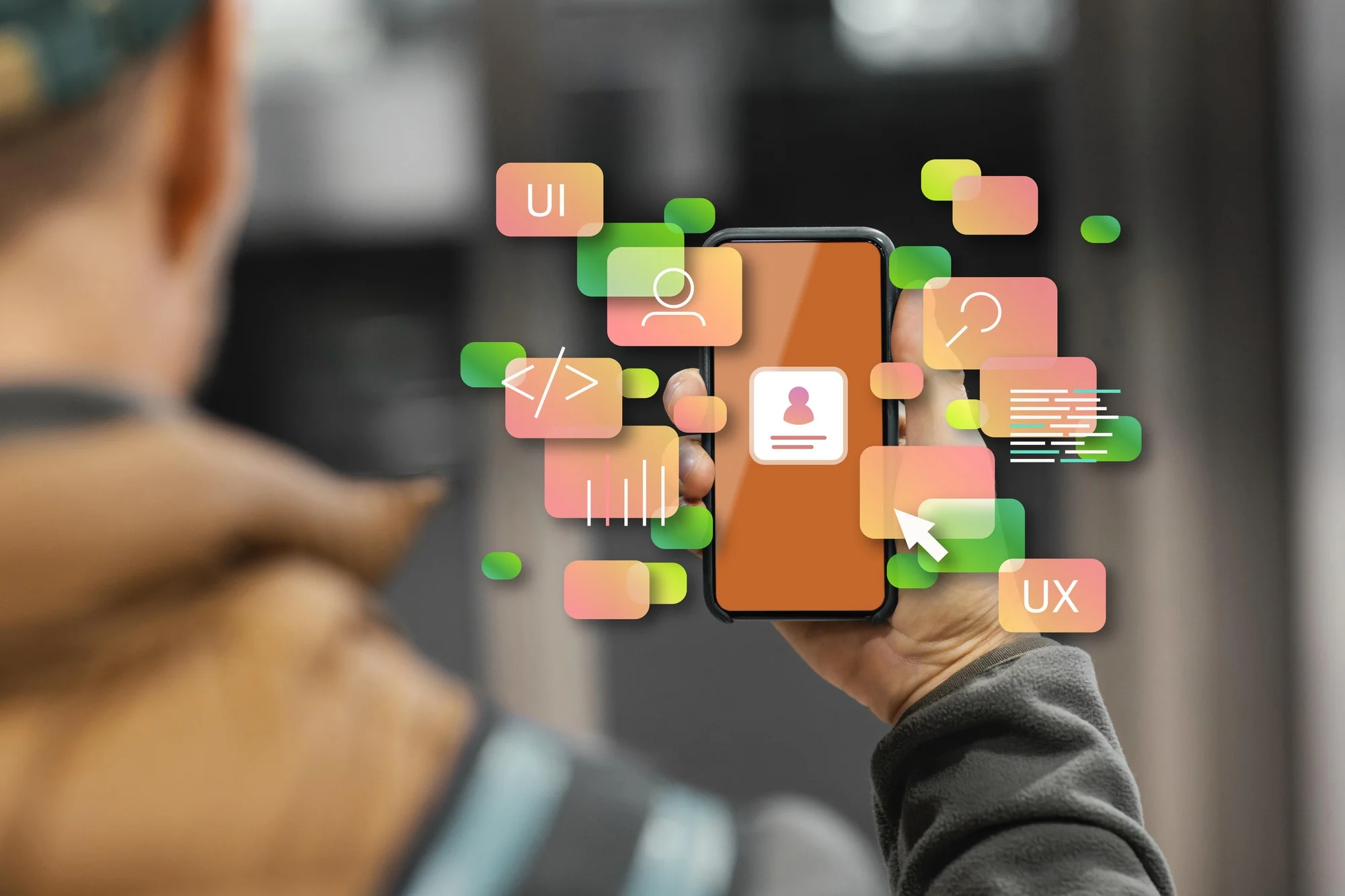
I didn’t always have my toolkit down. When I became a UX consultant for the first time, I thought a sketchpad and some good ideas were all that was needed. It wasn’t until I messed up a usability test so severely that the client looked at me like I’d lost my mind that I learned how essential the right tools and techniques are. So here’s what I’ve picked up over the years, the things that’ll save you from those embarrassing moments.
Owning your product, User Research Tools First up, let’s talk about user research tools. It is bread and butter. Once, I did interviews without a structure, asked whatever came to mind and ended up with pages of notes that meant nothing afterward. That’s when I learned about platforms such as UserTesting and Maze. UserTesting gives you feedback from real users, and Maze runs fast usability tests on prototypes. They’re lifesavers because you can gather actionable insights without completing wheel reinvention each time.
Now, onto prototyping tools. If you’re still using PowerPoint to mock up designs, stop that shit right now. Tools like Figma, Sketch, and Adobe XD make it fun to create wireframes and interactive prototypes. I insisted to developers for hours on an idea, but they just stared at me blankly. As soon as I transitioned to Figma, it all fell into place. Developers could see precisely what I meant, and clients appreciated being able to click through a semi-functional prototype before committing to complete development.
And let’s not even mention analytics platforms. You can build the prettiest interface in the world, but if no one uses it, who cares? Google Analytics is fine, but things like Hotjar put you on another level. While the traditional approach shows you where users are getting stuck or bouncing off, with heatmaps and session recordings, you see precisely how and where it happens. I once used Hotjar to see why people weren’t following through on a checkout process halfway through so apparently, there was this tiny “Terms & Conditions” checkbox you had to check, which was well below the fold. Resolves that, and that increases conversions by 20%.
You also need collaboration tools, especially since most teams are remote today. Slack’s great, but for project management, Trello and Asana keep everyone on the same page. And believe me, sending subject lines of endless email chains with files labeled “Final_Final_v3” is amateur hour. I've been there, done that, and will not do that again.
Finally, there’s one technique that I live and breathe, iterative design. I thought perfection was attainable from the start early on. A few tweaks at a time based on user feedback. This is where I have found A/B testing to come in particularly useful. In one instance, I split-tested two different home page headlines. Version A received decent engagement, but Version B? Blew it out of the water.
It can feel overwhelming at first, but it’s worth learning these tools and techniques. Take it slow, and don’t try to learn more than one tool at a time. Before you know it, you’ll be wondering how you ever worked without them. Your future self will thank you, I promise.
Case Studies: How UX Consulting Changed the Game

When I started out with UX consulting, I thought my job was to make things shiny. It is so much more than that it is about solving real problems for real people. Seeing some killer case studies drives this point home even more. Please allow me to guide you through several examples of UX consultants who didn’t just modify a design but transformed businesses. These stories? They’re gold.
Consider the e-commerce platform I was building on a couple of years ago. As the third-party solution provider began to share sensitive info, ShopSmart the e-commerce company was in trouble. Their conversion rates were plunging, and they couldn’t understand why. I came on board as their UX consultant and was eager to get my hands dirty. First thing I did? Conducted user interviews. It turned out that customers were getting lost at checkout because there were too many steps. Like, way too many. We condensed the process from seven pages to three (I know, crazy). Then, I also just added a progress bar for good measure. The result? A 35% lift in conversions in 3 months. That kind of victory doesn’t happen without listening to users and testing.
There was this healthcare app project. So frustrating, oh man. The original design was clunky and confusing and, honestly, felt stuck in 2010. My team and I conducted usability tests, and patients over 50 found the menus onerous. Wait until you try to schedule an appointment, squinting at the test text. Not cool. We overhauled the interface with larger fonts, more evident labels, and the option to use voice commands, and we subsequently saw a 50% reduction in support tickets related to navigation issues. In addition, patient satisfaction scores skyrocketed by 20%. Accessibility isn’t a nice-to-have; it’s a need-to-have.
And I shouldn’t forget the SaaS startup who hired me to fix their dashboard. The users of those products were struggling with data overload. No, it looked like somebody threw spaghetti at the wall and called it a UI. Using stakeholder workshops and user journey mapping, we identified the most critical information. We redesigned the tool to make it functional and fun by simplifying the layout and adding customizable widgets. Retention rates grew by 40%, which is massive for a subscription-based model.
Here’s the thing, none of these victories came quickly. Each of these required patience, collaboration, and a lot of iteration. Sometimes, clients resisted ideas, or test results crashed hard. But those instances taught me resilience. You’ve got to trust the process even when it seems messy.
Whether you’re considering hiring a UX consultant or becoming one yourself keep this in mind, Success stems from understanding your audience deeply. Employ heatmaps, surveys, A/B testing, and other tools to help. Work closely with developers and marketers. And don’t underestimate the power of simplicity. Because ultimately, great UX is about creating experiences that feel effortless.
So, what do you think? Want to take a crack at your own UX challenge?
Let’s Recap
The role of a UX consultant is significant in creating a high-quality user experience and driving business development. Their work covers everything from conducting extensive research to developing strategic solutions, ensuring products not only look good but also work well behind the scenes.
If you are ready to take your brand’s user experience to the next level, collaborate with a talented UX consultant, or even embark on this fulfilling career and make that your career path. Excellent UX isn’t just crafting pretty screens; it’s building real-fructose bonds between users and systems.
Ready to take the next step? Begin auditing the user experience, or hire a qualified UX consultant today.




.svg)
.svg)
.svg)
.svg)
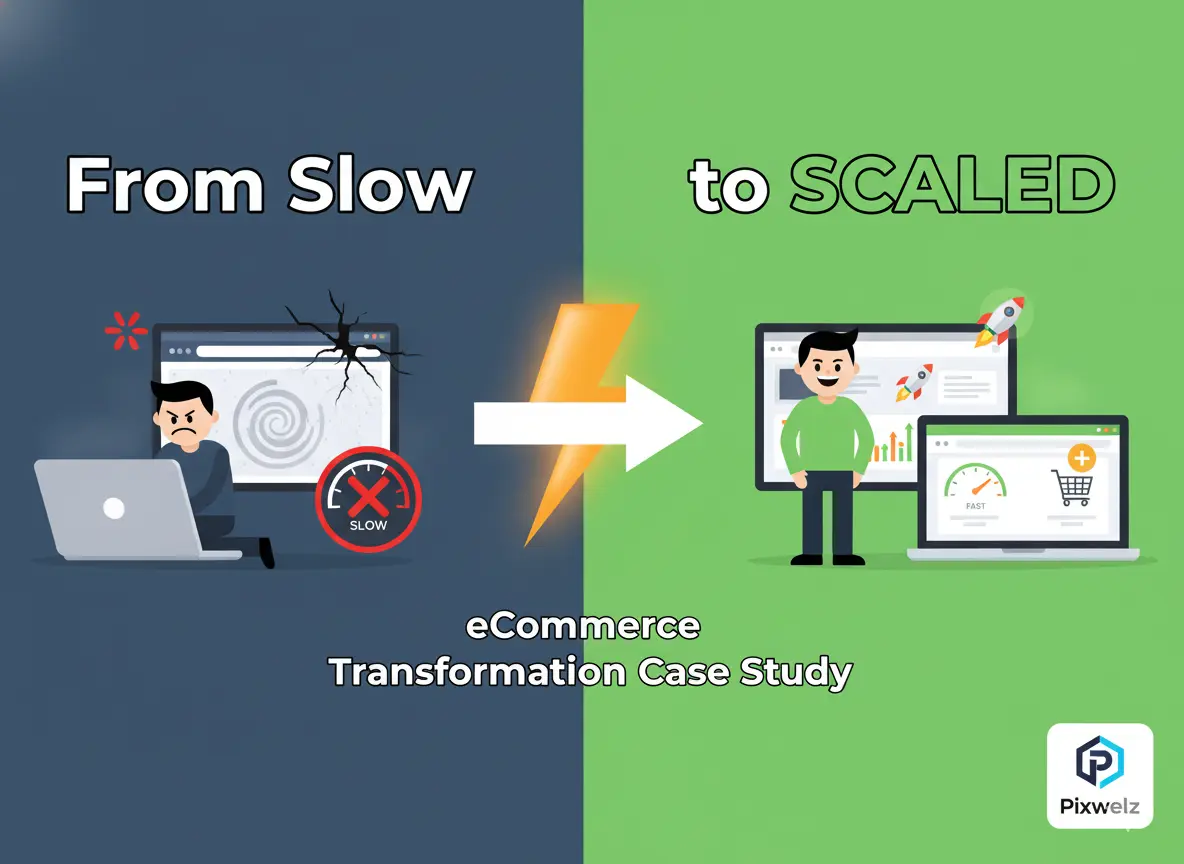
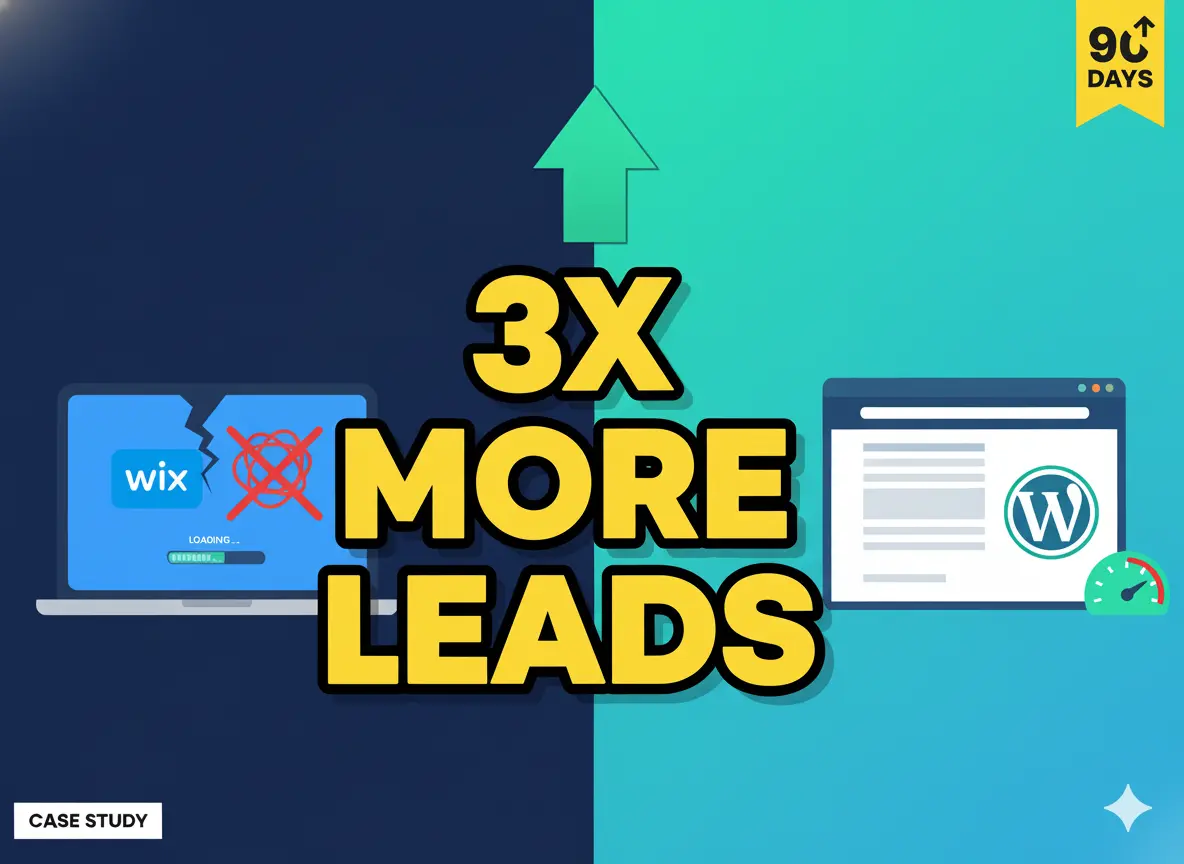
%20(1).webp)









